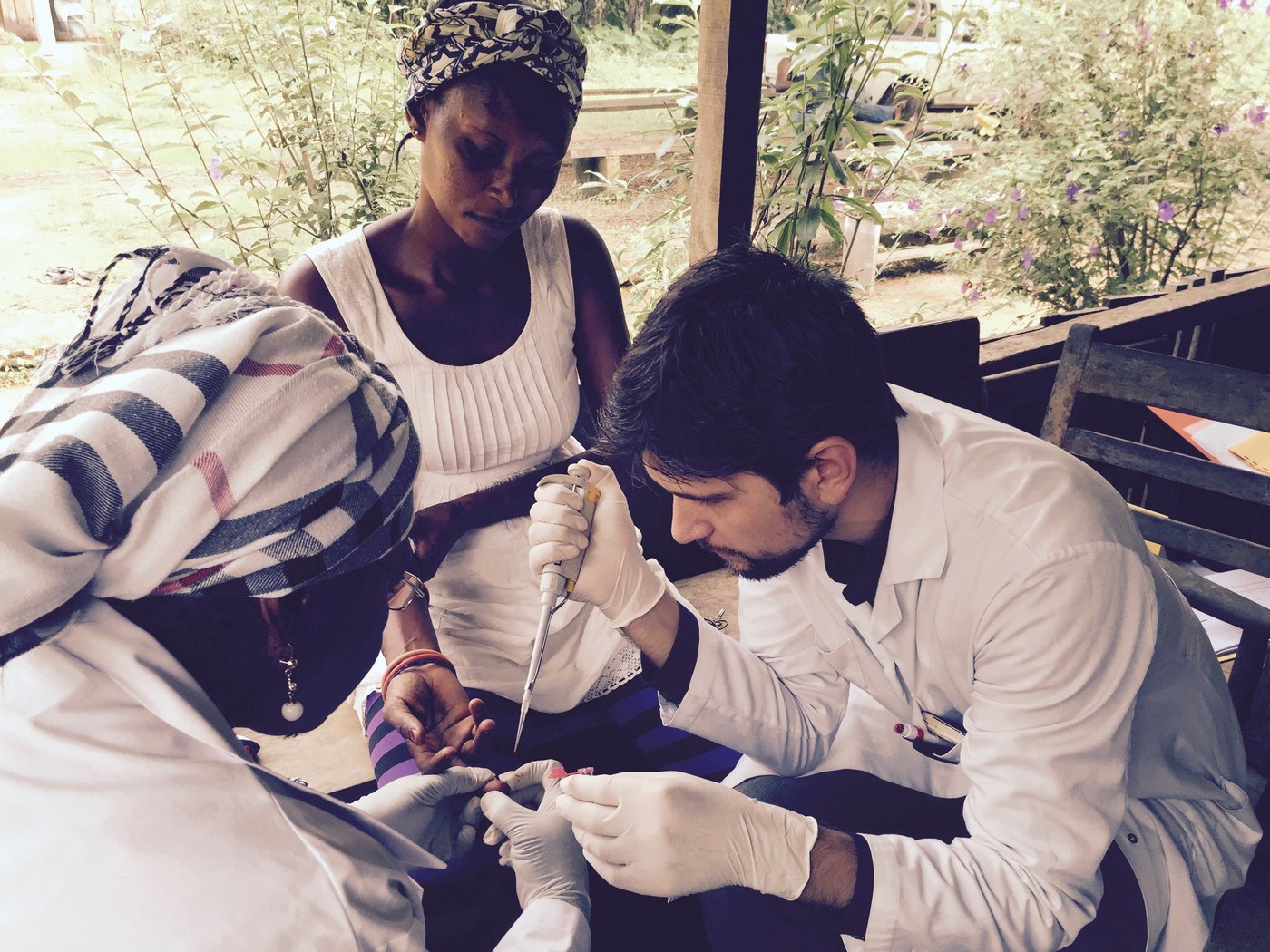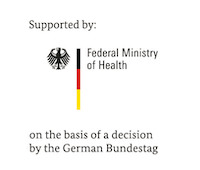Explain diseases
How do infected people get sick?
Investigate processes in the body with modern techniques
For many infections with tropical pathogens it is not known why they often progress without symptoms and only in certain cases lead to illness - sometimes with severe consequences. So far, the underlying mechanisms of pathophysiology are poorly understood. It is therefore especially important for the BNITM to better understand the development of diseases after the pathogens have penetrated the body. To this end, the BNITM examines the interaction of pathogens and infected people, through methods of clinical infectiology, immunology and cellular and molecular biology.

In the future, the processes in the infected body will be analysed at different levels under conditions that are as realistic as possible. Immune reactions will be investigated using the latest techniques in humans or, if necessary, in experimental models. Infection-induced disturbances of the processes in a cell, a cell group or an organ are recorded using current methods of molecular and cell biology as well as clinical examination procedures.
The goal is to understand excessive and abnormal immune reactions and severe disturbances of cell physiology that ultimately lead to organ failure and death. This knowledge will enable the development of strategies to interrupt pathophysiological cascades with blockades and thus prevent death.
The disease mechanisms of tropical infections should be better understood at all levels - cell, tissue, organ, organism - in order to derive and test possible therapeutic interventions. In the long term, interventions that turn out to be effective in models will also be tested on humans.
Contact
- Dr Anneke Novak-Funk
- Head of Science Management
- phone: +49 40 285380-266
- email: novak-funk@bnitm.de
Downloads
- Scientific report 2021-2022 ( PDF 10 MB )
- BNITM Flyer ( PDF 5 MB )
- Organization Chart BNITM ( PDF 2 MB )
- BNITM Strategy 2025 ( PDF 22 MB )







